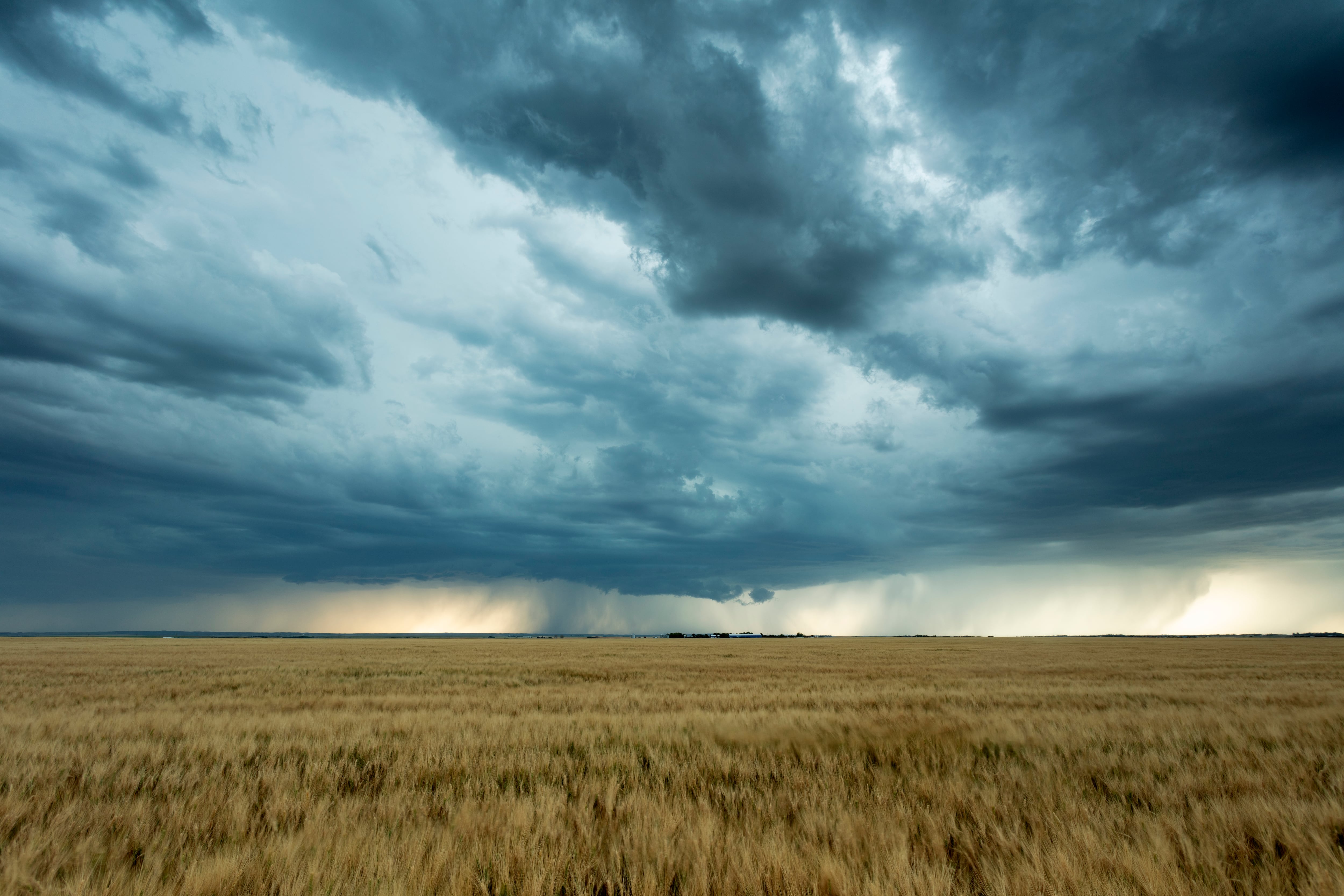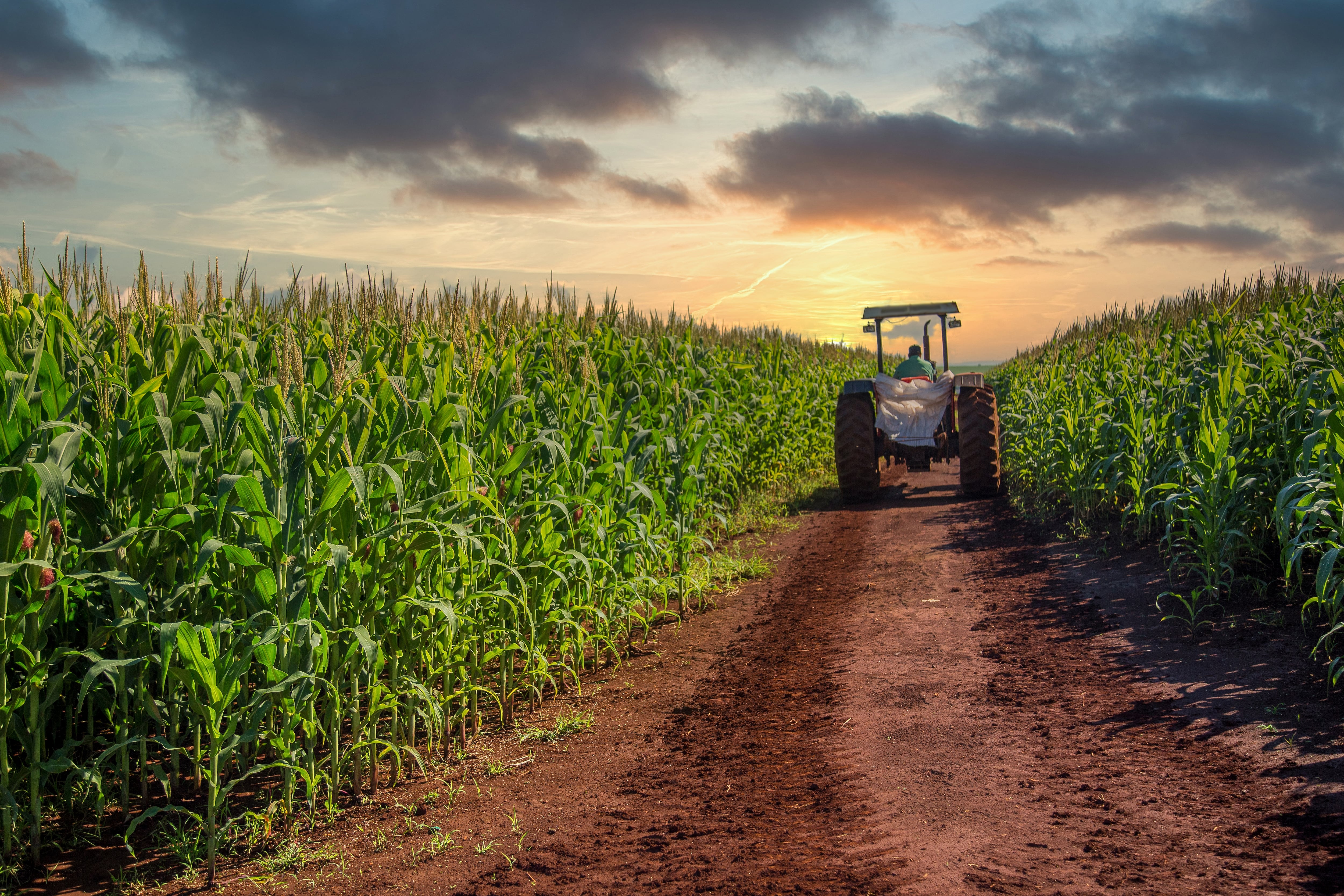There’s a true story and a joke behind how Omnivore got its name. The truth is that India’s largest venture capital firm started life in 2010 in the aftermath of Michael Pollen’s ‘An Omnivore’s Dilemma’. The book had just transformed America’s public consciousness around food and encouraged Omnivore’s founders Mark Kahn and Jinesh Shah to do the same for Indian agriculture by investing in technologies for smallholder farmers. The joke? Well, Kahn is massively carnivorous while Shah is basically vegan.
Now over a decade later, Omnivore’s is up to some serious business. It has pioneered agritech investing in India, backing companies through three funds that are collectively involved with over 12m smallholder farmers and that have created $3.1bn of economic value, according to its own analysis.
Its investments include Pixxel, a space technology company that launched India’s first private satellite network last month, DeHaat, one of India’s fastest growing start-ups offering end-to-end farming solutions, and Ecozen, a pioneer of climate-smart deeptech solutions for agriculture which last month raised another $23m.
Kahn, speaking on a video call from Bangalore, can sometimes make it sound simple: “It’s really just about identifying the best human capital that exists in India and backing it to achieve audacious goals.”
Yet it’s anything but. Omnivore is the stand-out performer in an Indian agritech scene that has had a tumultuous time of it of late. After many years of little action, money poured into the sector through the pandemic with investment souring from just $1.3m in 2019 to $2.4bn in 2022, according to Omnivore research. However, as with most major economies, 2023 saw a downturn as hikes in interest rates triggered a pullback that caused investment in Indian agritech to fall 60%.
Oversold?
Some used this to voice concerns Indian agriculture was oversold, but Kahn pushed the upsides. “The disruption in ‘22 and ‘23 was good for us because it made companies focus on profitability. And I think in general, agritech companies in India are built to last as opposed to staying private forever at bizarre valuations.”
Omnivore will soon close its third and biggest fund with a targeted $150m to back climate-centric companies in areas such as the circular economy, green asset financing and green transition. Kahn says it expects to make about 24 investments in total with an initial cheque size of between $2m and $6m. So far, it’s backed around 12.
‘Urgent’ need for investment
To an extent, Omnivore is following the money. Climate-tech received 28% of investment in the Indian impact sector in 2023, according to the national industry body, Impact Investors Council, while agriculture got just 10%.
And that’s for good reason. India is one of the world’s most climate vulnerable countries and yet due to a lack of public financing is facing an investment shortfall of $3.5 trillion if it is to hit its net-zero target, according to the Council on Energy, Environment and Water.
But Indian agriculture is also in urgent need of investment with many farmers remaining desperately poor. “The Indian agricultural system is oriented towards food security, sometimes to the detriment of farmer incomes,” says Kahn.

However, a long evolution is now underway with the sector changing dramatically since Omnivore launched its last fund in 2018. In early 2020, Omnivore published its ‘Vision 2030’ document, outlining a forecast of how Indian agriculture might evolve over the next decade, predicting the “the worst mistake we can make is to assume that change will be incremental.”
Digitisation: a force to be reckoned with
The pandemic immediately proved them to be true. Covid accelerated a financial revolution across rural India, most notably through the explosion of the Unified Payments Interface (UPI) which has had an “unprecedented impact”, according to the World Economic Forum, by enabling individuals and businesses to make easy online transactions.
“That’s had a direct impact on all aspects of the economy, agriculture included,” says Kahn. “It has facilitated the digitisation of services, digital payments for commodities, for inputs, for outputs. It’s been a universal good ever since it got put into place.”
Omnivore itself has backed numerous agricultural fintech companies including rural ‘neobank’ DGV, insurance platform FinHaat, and microfinanciers Optimo Loan.
A digital divide?
But such digitisation is not without its critics. Venky Ramachandran, an agritech analyst and founder of Agribusiness Matters, told AgTechNavigator last year that digitisation had exacerbated India’s existing inequalities as only a tiny sliver of farmers were wealthy enough to afford the technology. Instead, he argued, capital should be invested into less technological solutions that aid farmers’ routes to market.
Kahn firmly pushes back. “Digitisation isn’t perpetuating inequalities. It’s had a democratizing effect on access to credit, on access to insurance, on access to financial products,” he says.
“Inequality was where you had branch banking - which under penetrated rural India - and people that weren’t wearing shoes were uncomfortable going into the branch. When you do digital banking, no one gives a f*** if you’re wearing shoes.”
Access to finance is one thing, but what about technologies for food production? After all, precision agriculture, biotech, AI food quality assessments, do not come cheap. But here too, Khan insists the idea that smallholder Indian farmers miss out is “not even remotely true.”
“You have to understand that that precision agriculture equipment is sold differently in India than it’s sold in the West,” he explains. Niqo Robotics, for example, an Omnivore-backed company making low-cost farm robots, would likely sell straight to a farmer in the US but in India, will more often deal with a micro-entrepreneur who loans out equipment in a model known as ‘Village Level Entrepreneurship’.
“This point around like: ‘oh no, precision agriculture solutions aren’t trickling down, it’s like, just because the farmer didn’t buy the drone doesn’t mean they can’t access the drone by spending $4.”
Trickle down
With India home to some of the most sought-after engineering talent in the world, there is no shortage of new technologies entering the market. Combined with the scale of challenge it now faces, the country could be “uniquely well suited to developing low-cost technologies for climate smart agriculture in smallholder conditions,” suggests Kahn.
Yet still, there remains a stigma among some investors to the contrary. “Regularly, when we speak to people and we talk about the deep tech ecosystem in India, they’re like, ‘Wow, really?’ And it’s like, where the hell do you think the CEOs of Google and Microsoft came from? Hint: it wasn’t a developed country,” says Kahn.
“The notion that that a country that produces more engineers than any other isn’t capable of developing technology solutions is patronisingly colonial at best.”
And while India has still not produced any agritech ‘unicorns’, a company valued over $1bn, Kahn maintains that by following a steadier approach, Indian companies are now built on stronger fundamentals than many in the west.
“This is a year that people should spend a lot of attention to what’s happening in the Indian agritech ecosystem, because I think this is going to be the year where companies go public, some large growth rounds happen, and we show the world something very, very exciting.”




